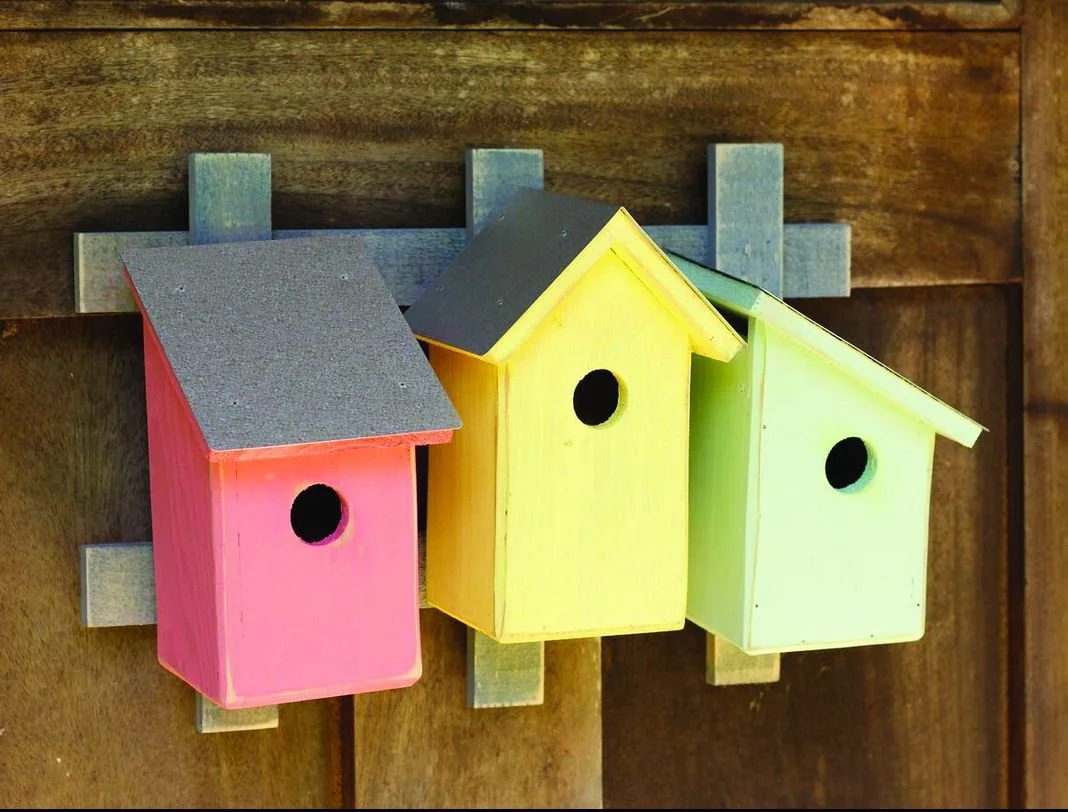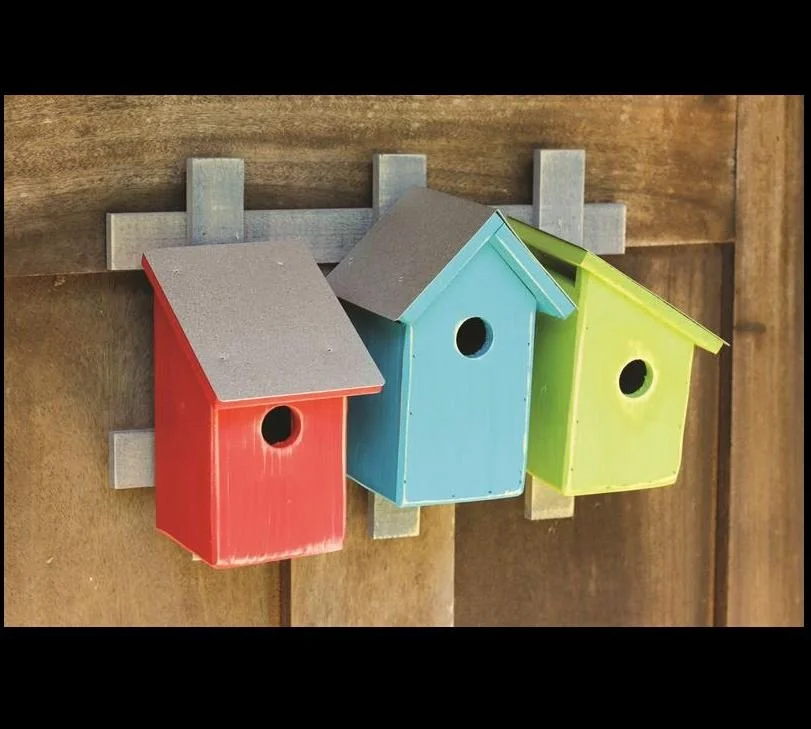Vintage Bat House
Vintage Bat House
Our Vintage Series transports you and your feathered friends to a treasured world gone by–a world of front porches and freckled faces, of cloudless skies and simple joys and friendships that never fade. Better than antique, these charming houses enchant with a weathered look and whimsical design straight from Grandma’s attic, and they’re sure to endure thanks to the meticulous hand-crafted constructions from premium solid wood and insures modern functionality and generations of sturdy use. A haven from cookie-cutter plastic, disposable “consumerism,” this is nostalgia that truly nurtures the spirit, from the company committed to old-fashioned wirtues like quality and patience. Our skilled craftsmen work right here in America building one house at a time for your family–always with the knowledge that we’re building our good name with each house, and we want both to last. People who geniuinely care, making products of genuine value, naturally from Heartwood.
Weight 15 lbs
Dimensions 6 × 15 × 30 in
Bat Houses SHOULD BE:
Exposed to 7+ hours of direct morning sunlight
Positioned near trees, but not shaded by trees.
At least ten feet above the ground in an open area so they can emerge safely each night. Since they are vulnerable to predatory (owls, hawks, snakes, raccoons, wild minks, and in some instances cats), they need to follow tree lines (10-30 yards away) or by forest edges for safe-travel routes.
Be located within 1/4 mile from freshwater streams or pond (to assure food supply and drinking water) or close to an existing bat roost
Airtight around the roof
Have an extra roughened interior
Resealed and repainted every 3 years on the exterior
Bat Houses should NOT BE:
Placed in a shaded location
Located over bright or shiny surfaces which will reflect light into the roost.
Placed in brightly lit areas, (a dusk-to-dawn light fixture)
Located near burn barrels or air vents. Avoid locations where smoke may be present or where strong blasts of air may be occasionally present, such as near industrial air conditioners.
Exposed to shock or vandalism. Bats will abandon a bat house if vandals shake/disturb the post repeatedly.
Placed in exposed, windswept areas or directly over roads where they may be vulnerable to traffic
There is so much more to these animals than most people think!
DNA evidence proves that Bat are not part of the rodent family, but mammal. The design of their webbed wings make them the only true mammal able to fly, and there are more than 1,200 species of bats in the world. Typical life span for a bat is approximately 20 years.
The wings of bats are made up of cartilage with small amounts of calcium. The bones are similar to human fingers but much more flexible. Merkel cells are found in the wings of bats making these areas highly sensitive to touch. And their shape during flight will vary based-on wind direction and speed.
Bats use echolocation (high-pitched sounds that often humans can’t here) to locate their prey in complete darkness without any difficulty. This allows them to hear and communicate, using a distinct clicking manner similar way to Morse Code and can reach up to 130 decibels.
They are not blind as many believe; however, some species don’t see well, and others have great ability to see long ranges. They can even detect ultraviolet lighting.
These soaring mammals play a crucial roll in the pollination process. They help with the pollination of flowers and to distribute fruit seeds at night. This includes bananas, mangos, and peaches. It is believed that over 500 different types of tropical plants are pollinated successfully every single year through the bat’s role.
The bat has a very long tongue that it uses for feeding and pollination. When the tongue is not in use, it is wound up in the body underneath the rib cage. They drink water, and some of them can to it while in flight!
70% of bats consume insects and small bugs for food. The other 30% consume various types of fruit. Only 3 known species of bats feed on blood.
The smallest bats are the Kitti’s Hog-Nosed Bat weighing less than an ounce and about 1 ½ inches long. The largest bats in the world are the Giant Golden Crowned Flying Fox weighing close to 3 pounds and to 5 feet in length.






